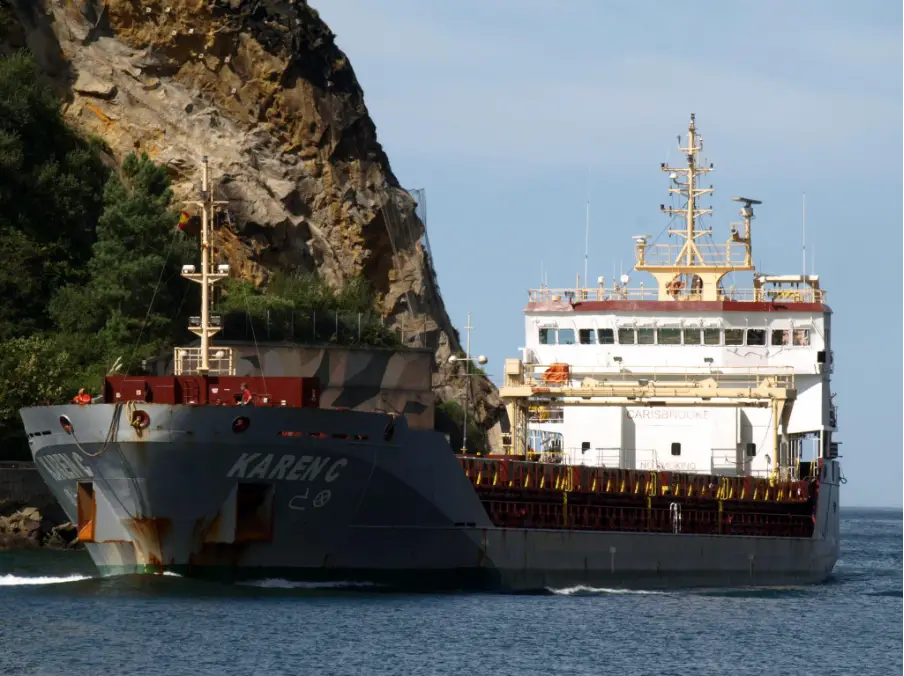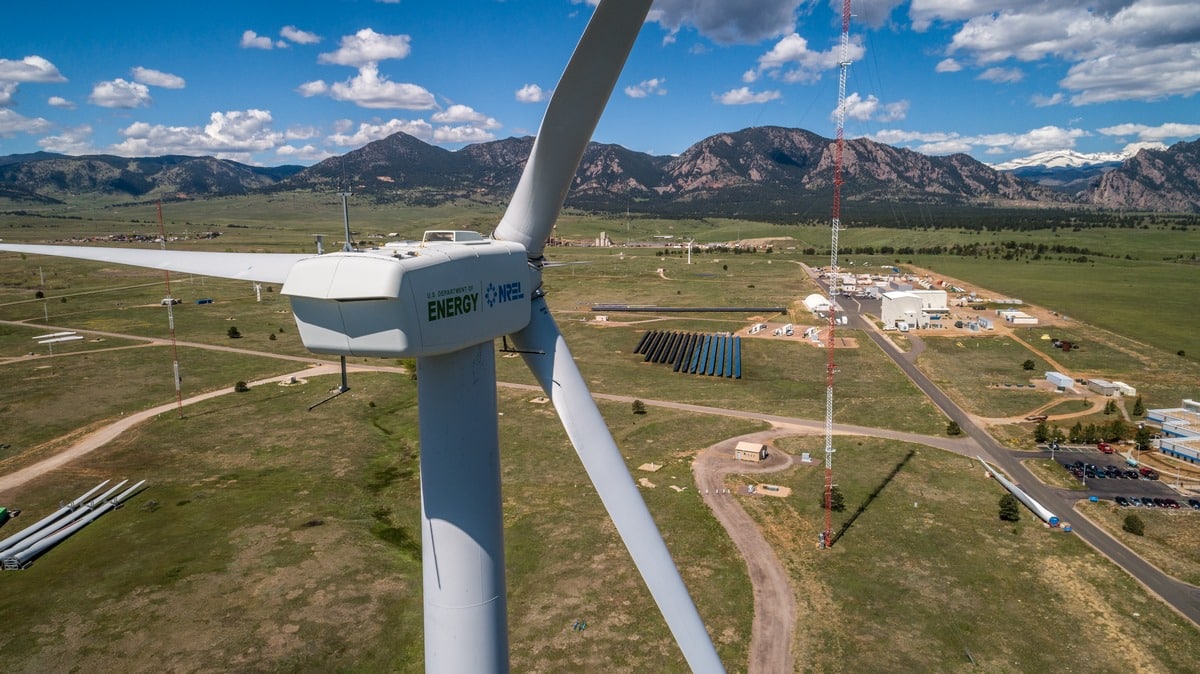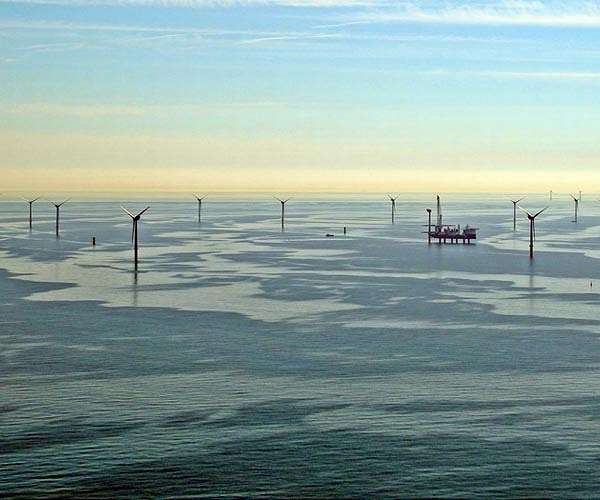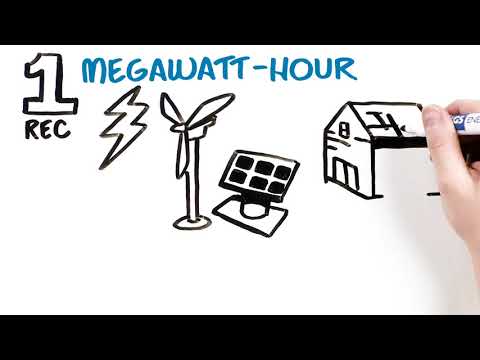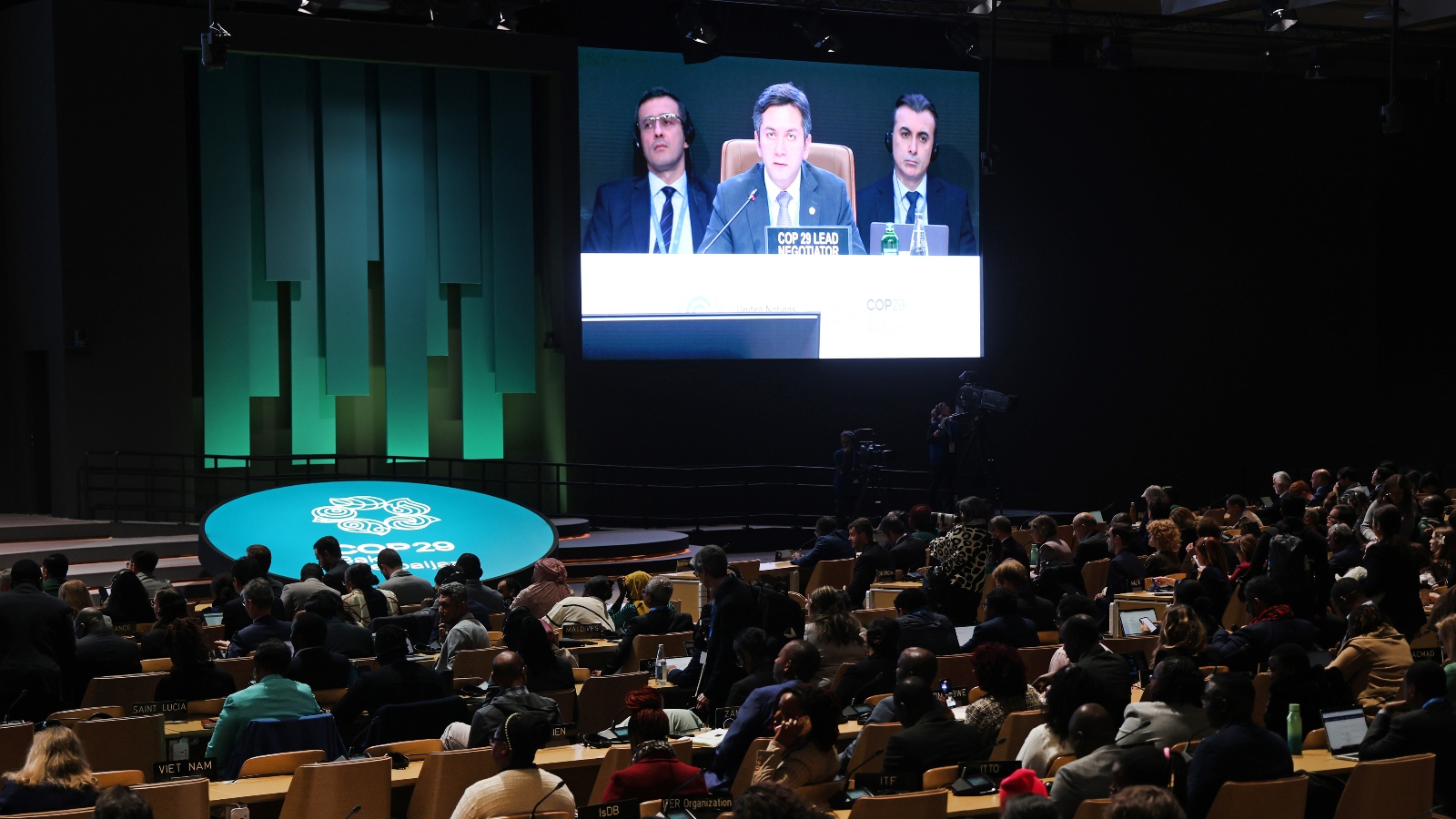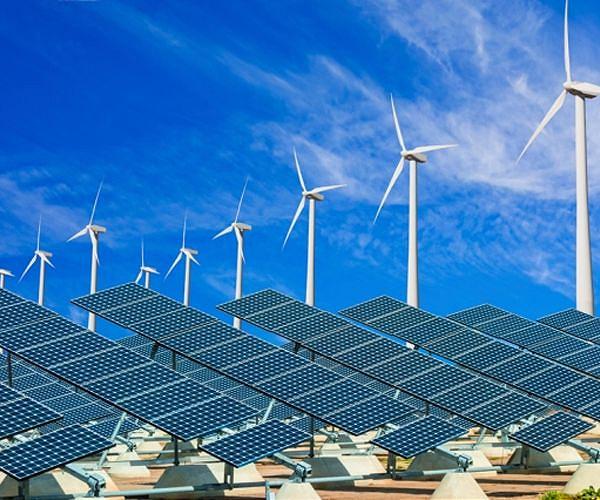
Unrestricted hydrogen production that is not aligned with the supply of renewable energy significantly increases electricity generation by fossil fuel power plants, thus raising the levels of carbon dioxide emissions. Not only is that disastrous for the climate, it’s also something we absolutely cannot afford given the current gas shortage.
Electrolyzers make an important contribution to the energy transition when their operating hours correlate with the times at which a large amount of electricity is available from renewable sources. This is why they should, first and foremost, serve as flexible options in the energy system.
If, on the other hand, electrolyzers run virtually uninterrupted, then they necessarily fall back on the prevailing German power mix which still comprises high proportions of fossil-based energy sources. If there is insufficient green electricity available, then a conventional power plant has to be fired up for the purposes of hydrogen production in order to cover the additional demand arising from the electrolyzers.
Due to the ongoing lack of renewables and the way conventional market mechanisms operate, the facilities that are mostly used to cover such peak loads are fossil-fueled and environmentally damaging power plants – particularly quick-starting gas power plants. Consequently, the unrestricted operation of electrolyzers provokes a rise in the consumption of expensive, scarce natural gas. This situation will be further exacerbated if – as planned by the German government and many industry players – large numbers of high-performance and inflexible electrolyzers enter service at an ever faster rate but the expansion in renewables fails to keep pace. That is certainly unwise and definitely not at all good for the climate.
Instead, electrolyzers should primarily serve as flexible options in the electricity system at this present stage of the energy transition. Of course, with highly flexible operation comes challenges: Electrolyzers need to be controlled intelligently according to the availability of wind and solar power. Peripheral equipment, too, must ensure this flexibility. And the off-take of hydrogen needs to work smoothly in the face of fluctuating hydrogen production.
Yet these challenges are solvable, as representatives from the eco-energy space in particular are able to demonstrate. The solutions, however, require further research, development and, undeniably in some areas, also creativity. In other words, it would indeed be feasible. Nevertheless, as it stands there are practically no effective incentives, thanks to the current laxity of criteria for hydrogen production.
As long as the rules governing electrolyzer operation fail to make maximum climate protection their guiding principle, the operators are in no way required to meet the challenges outlined – the upshot being that we will struggle to find the necessary solutions to ensure an efficient and renewable energy system.
The European Commission therefore needs to create a framework which, from the get-go, has the synchronization of hydrogen production and renewables provision at its center. Transitional rules can be helpful at the beginning. However, they should in no way cement the status quo. By contrast, they should put in place the requirements right now that will ensure that the electrolyzer projects being rolled out in the next few years use high and increasing proportions of green power.
For the reasons mentioned above, we need binding and ambitious green power criteria to enable a fast ramp-up of environmentally responsible hydrogen production. This should incentivize the flexible operation of electrolyzers by limiting their full-load hours. This limit could be specified, for example, in line with the renewables share in a particular member state. Furthermore, electrolyzer-based hydrogen production should be harmonized with the supply of renewable energy by means of hourly synchronization.
Further and highly ambitious expansion of renewable energy sources is the central foundation and prerequisite for establishing a sustainable hydrogen economy. Therefore all European member states should likewise be driving forward this renewables expansion. Because of the difficulties of procuring electricity from new plants in the short term, though, unsubsidized electricity supplies should be used for hydrogen production in the interim. This ensures a certain level of financial support for renewable generating facilities thanks to the electrolyzers acting as off-takers for the green power produced, while at the same time older plants could be used to produce hydrogen.
The geographical relationship between electrolyzers and solar/wind plants is highly relevant since the operation of electrolyzers must not lead to an increase in grid congestion. Introducing these rules at a European level is difficult due to major differences in infrastructure, control areas and electricity market design across member states. This is where individual EU states should themselves take action and, where necessary, use the opportunity to further restrict the geographical relationship. In Germany, electrolyzers could, for instance, be considered as part of congestion management within redispatching, with the choice of electrolyzer location taking into account the congestion event.
By implementing these criteria and taking a flexible approach to electrolyzer deployment, it is possible to produce hydrogen that is both low in emissions and low in cost.
Author: Carolin Dähling, Green Planet Energy eG, Hamburg,Carolin.Daehling@green-planet-energy.de

